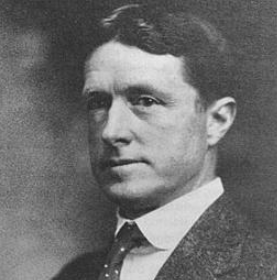Arthur Shurcliff: A Pioneer of American Landscape Architecture
Arthur Shurcliff was an influential figure in the evolution of landscape architecture in the United States. His innovative designs and commitment to utilizing native plants not only transformed urban spaces but also set a precedent for future generations of landscape architects. Understanding Shurcliff’s contributions sheds light on the foundation of modern landscape design and the enduring importance of sustainable practices.
The Legacy of Professionalism in Landscape Architecture
Shurcliff played a pivotal role in establishing landscape architecture as a respected profession. He, along with colleagues, was instrumental in founding the American Society of Landscape Architects (ASLA) in 1899. This organization created a platform for professionals to collaborate, share ideas, and advocate for the value of landscape design in urban planning. Shurcliff’s dedication to the discipline encouraged the integration of artistic vision with ecological responsibility, a balance that is increasingly relevant today.
Innovative Designs and Notable Projects
One of Shurcliff’s most famous projects is the landscape design for the renowned Boston Common and Public Garden. By utilizing native plant species and promoting sustainable design principles, he not only beautified the area but also enhanced its ecological integrity. Shurcliff’s designs often emphasized the harmony between man-made structures and natural environments, demonstrating that thoughtful landscaping can elevate public spaces and enhance community well-being. His approach continues to inspire contemporary designers focusing on sustainability and integrated landscapes.
Education and Advocacy for Future Generations
Beyond his design work, Arthur Shurcliff was an educator and advocate for future landscape architects. He taught various courses, sharing his knowledge and passion for landscape architecture with countless students. Shurcliff believed that understanding the character of a space was essential for meaningful design. He encouraged his students and peers to study local ecology and history to create designs that resonate with their surroundings. This commitment to education and advocacy paved the way for a new generation of landscape architects who value the interconnectedness of nature and design.
In conclusion, Arthur Shurcliff’s legacy is a testament to the power of thoughtful landscape design. He championed the importance of professionalism, innovation, and education in landscaping, making significant contributions that continue to influence the field today. If you’re interested in landscape architecture or sustainable design, consider exploring Shurcliff’s projects and philosophies further—you might discover inspiration for your own endeavors!

